Okay, before rushing into hydroponic wick system, Let’s just rewind a bit about hydroponic and what are the systems in hydroponics.
Hydroponics is a new trend in growing plants. In this method there is no soil used to grow plants. The plants are grown in water solutions containing nutrients. The method of growing plants without soil is known as hydroponics. Basically plants use soil as a medium for nutrients but if we are supplying the nutrients through other medium then the plants are going to grow in that medium. So in hydroponics soil is replaced with moving water.

Now as the hydroponic systems are being developed there are different methods of hydroponics. Presently, there are six types of hydroponic systems they are
- Wick system
- Drip system
- Ebb and flow
- N.F.T
- Aeroponics
- Water culture
In this article we are going see in detail about what a Wick system is, how to build it and what are the benefits of the system.
Is hydroponic wick system The Best Method?
This is the simplest method in hydroponics; it is the best method for hydroponic beginners. This method is often referred to as the passive method as it doesn’t require too many moving parts like pumps, motor or electricity. But sometimes people use air pumps as an option for wick system.
Wick as we know is a cord or any porous material that takes up fluid by capillary action. For example candle wick, cotton thread for oil or kerosene lamps etc.
Wick method is mostly used to hydroponically grow plants which require low maintenance and low nutrients. An ideal plant group for wick system is herbs or leafy vegetables.

So a wick hydroponic system works by capillary action. The water and nutrients are taken up by the wick to the plants which aid them to grow. This is the main principle of wick hydroponic system.
Requirement for Wick system
To make a wick system it’s very easy; this method as said earlier requires only few materials to set up. It doesn’t take up much space also.
The basic requirements are
- The wick
- The grow tray
- Reservoir
- Air pump (optional)
We will go ahead and see each of this in detail to help you make your wick system at home.
The wick
This is the important part in the hydroponic wick system. The wick connects the grow tray and the reservoir. The wick by capillary action takes the nutrients present in the water to the plants in the grow tray.
Any type of thread is excellent as a wick the most common wick is cotton thread but the cotton thread can form mould in long running, so the alternative here is to use nylon rope which doesn’t form mould easily.
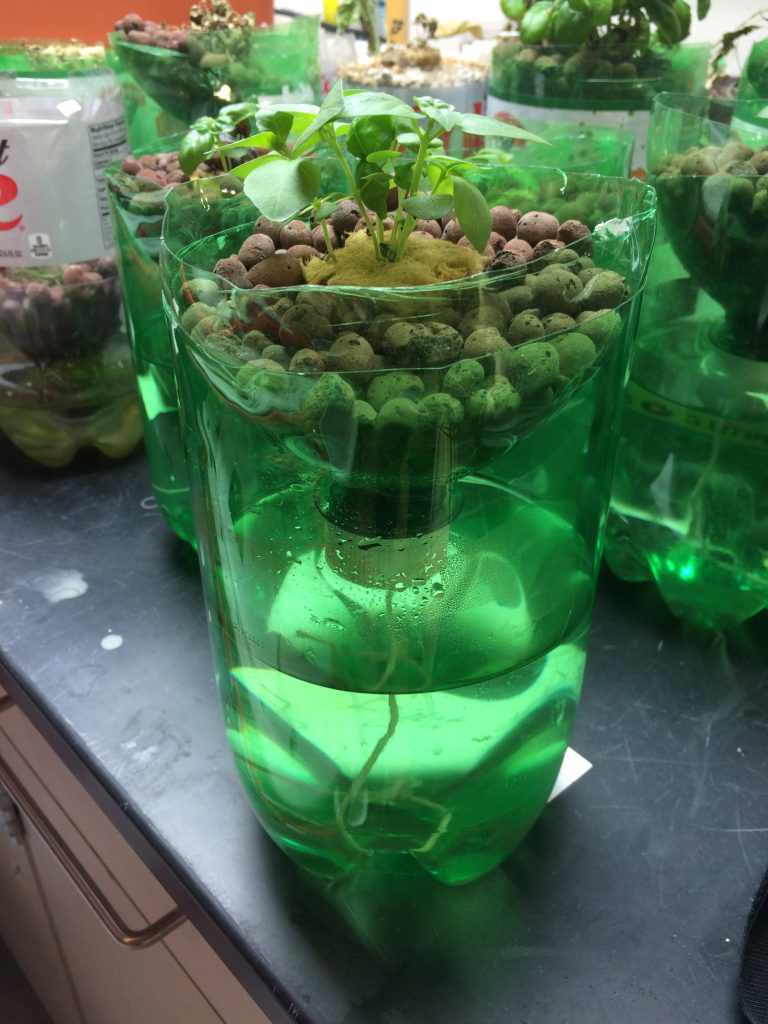
The grow tray is fixed with one or more wicks depending on the size of the grow tray or the number of plants in the tray. Generally the usage is like one wick for one plant. The one end of wick is fixed near the root of the plants and the other end is inside the reservoir.
The size of wick also influences the water intake rate and amount. If the wick is very thick it can take up more water than required. It is preferential if you do a test of the wick you are intending to use by measuring the water uptake against time. This will give you an idea about the water requirement and the thickness of wick required.
The grow tray
The grow tray will contain the growing medium and the plant; the growing medium as this is hydroponics is not soil we can use many materials like leca, coco coir, vermiculite or perlite etc. The growing medium should have some capillary action to absorb the nutrient from the wick. The growing medium should also not retain too much water.
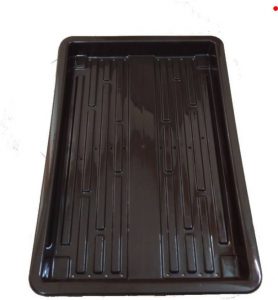
Unlike other hydroponic systems here there is no need for a net pot to grow the plant. The plants are directly fixed in the growing medium in the grow tray. The grow tray should be large enough to accommodate the plant comfortably as it grows.
The growing media should also be flushed with fresh water on a regular basis as there might be build up of salts in medium due to the nutrients present in the water from reservoir. Too much salt build up can be dangerous to the plants as it increase the toxicity of the growing medium.
Reservoir
The reservoir is a large container containing the nutrient rich water. The reservoir should be large enough to meet the water requirement of the plants and also should always be replenished, when the level of water decrease. The level of water should not go too low as it is best that the nutrient water don’t travel too long a distance to reach the growing medium and roots.

The reservoir should also be cleaned in a regular basis as there can be algae growth or other micro organism growths. The nutrient water should also be replenished as the nutrients amount will reduce during time as the plant absorbs the nutrients.
Air pump
This is entirely a optional requirement, it is not a mandatory requirement. The plants in addition to taking up nutrients from water can also take up oxygen dissolved the water. The use of air pump also ensures that the water is in circulation always which reduces the chance of algae formation and also helps to keep the nutrients dissolved in water to keep circulating.
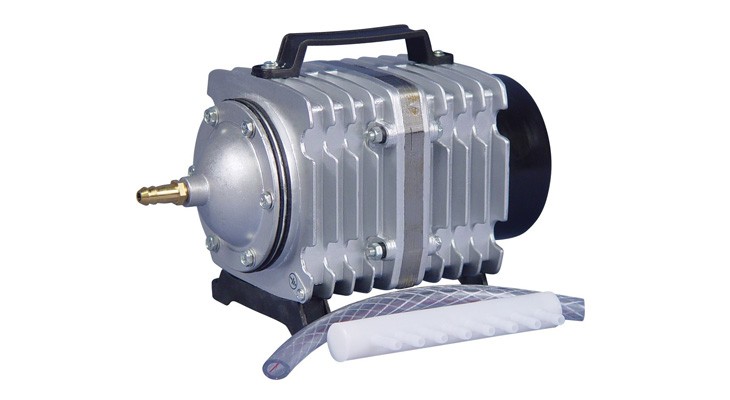
The air pump commonly used can be that of the aquarium type. The air pump pushes air through tube to the air stone kept at the end of the tube. The air stone when inserted into the water creates lot of bubbles which keeps the water circulating.
This is not a mandatory requirement for the wick system but can be used to just keep the water circulation and also to increase the oxygen level in the water.
Building Wick system
We can easily build a wick system with things around our home. All we require is a 2 litre bottle or two containers. Here we will see how to just set up the system
The requirements are a small container for the plant, another large container for the nutrient rich water. The small container should fit comfortably on top of the reservoir. Fill the container fixed for the reservoir with nutrient rich water leave about 1 inch from the top. Now make a hole in the center of the plant container to fix the wick then fill it up with growing medium of your choice and place the plant seedling in the growing medium so that the roots are just near the wick. The next step is to carefully place the plant container on top of the reservoir with the wick inserted in the water, leaving an inch space we left in the water filling.
The length of the wick matters as if the wick is shorter the water will move faster. We need to conduct few trials to get it right.
What plants can be Grown Using The Wick Method?
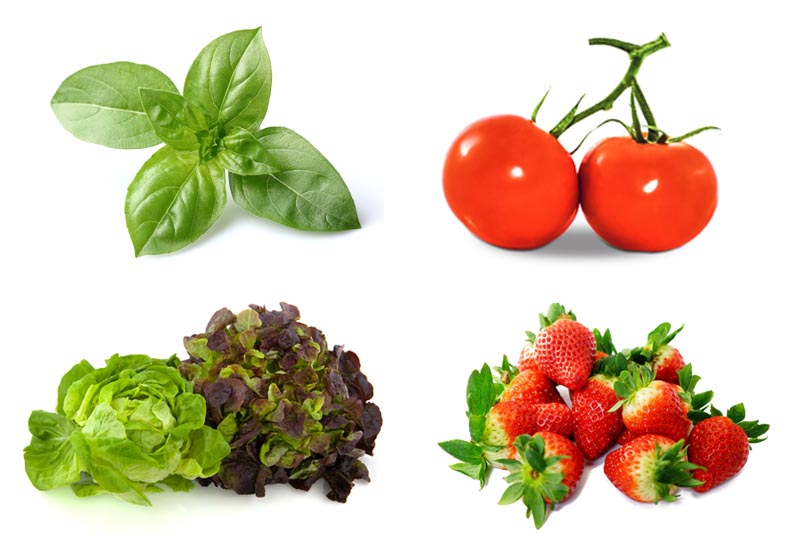
It is preferable to use small plants like herbs or leafy vegetable like spinach or lettuce, as they take up only small amount of nutrient for their growth when compared to other fruit bearing vegetable. For large plants the nutrients supplied by a wick won’t be enough, so they can die or have stunt growth in wick system.
Thing to remember
There are few things to remember while we set up a wick system. As it’s a passive system we need to maintain it manually. So the main thing you need to remember while keeping a wick hydroponic system is
- The water level in the reservoir should always be up to a certain level so that the nutrient doesn’t need to travel too far to reach the plant roots. Thus we should always keep the reservoir replenished with water rich nutrients.
- Using air pump to provide aeration to the nutrient rich water help to oxygenate the water more. It also helps to maintain a good water circulation reducing formation of algae.
- If plant requires lot of water then instead of one wick we can add more wicks to satisfy the water requirement.
- There would be salt build up on the growing media as the nutrient rich water is being taken up by capillary action so it is best to give wash of the growing media with regular water.
Benefits of wick system
The hydroponic system itself has many benefits in that the wick system has some added benefits. The benefits are
- This is the simplest system among all the hydroponic systems.
- This system is very easy to set up with minimum material requirement.
- The maintenance of wick system is very low as there are no heavy equipments.
- Space utilization is less. This system doesn’t use much space as it only require a container space
- This method is ideal for small plant so can decorate your house window sills or balconies.
Downsides of wick system
Even though the wick system has its positive sides it also has a few negative qualities.
- There is salt build up in growing media which means it needs to be washed regularly which can be tiresome
- The nutrient delivery through the wick might not be as efficient as the other systems due to the fact that here the wick is taking up the nutrients first instead of the plant roots.
- Wick system is ideal for small plants only. The wick system can’t supply enough nutrients for larger plant growth.
- There is also the chance of growing medium to not properly absorb the water which can cause the plant to die off.
While considering the pros and cons of wick system we get an idea that it is suitable for small project like a hydroponic herb garden or lettuce garden. When thinking about larger vegetable gardens the best systems may be NFT or ebb and flow systems.
Conclusion
Now a days as we are acclimating ourselves into this urban jungle, we can easily notice that the greenery around us is shrinking at an alarming rate. The lush farm lands of one time are being replaced with concrete structures. Slowly the world is being taken over by the buildings of future. In this situation soil is a luxury for many, as man always try to find alternative ways to prolong his existence, he stumbled on to hydroponics. This is the most innovative way to grow plants.
Hydroponics is paving the way for future farm lands. Hydroponic farming is being adapted by many countries like Singapore, Australia etc. so as a small step or initiative we can also create the hydroponic farm by using the simplest method with no cost known as the wick hydroponic system.
Wick hydroponic system is a creative way grow plants in water with the minimal requirement any one can do this hydroponic system in their home with ease. this might be a way for you to contribute to the environment , a little green.
Hope everyone will start a herb or lettuce garden in their window sill or around the house using the wick hydroponic system.

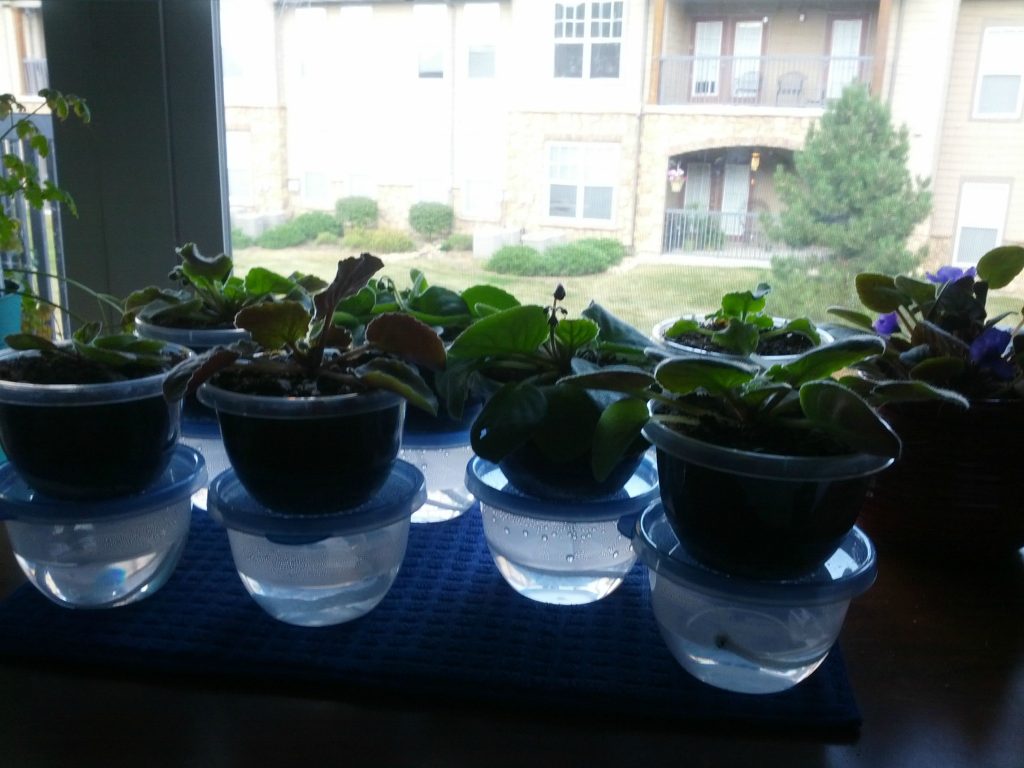
tha k s helpful:)
This system sounds really cool and helpful
I wonder if my husband will help me with this project.